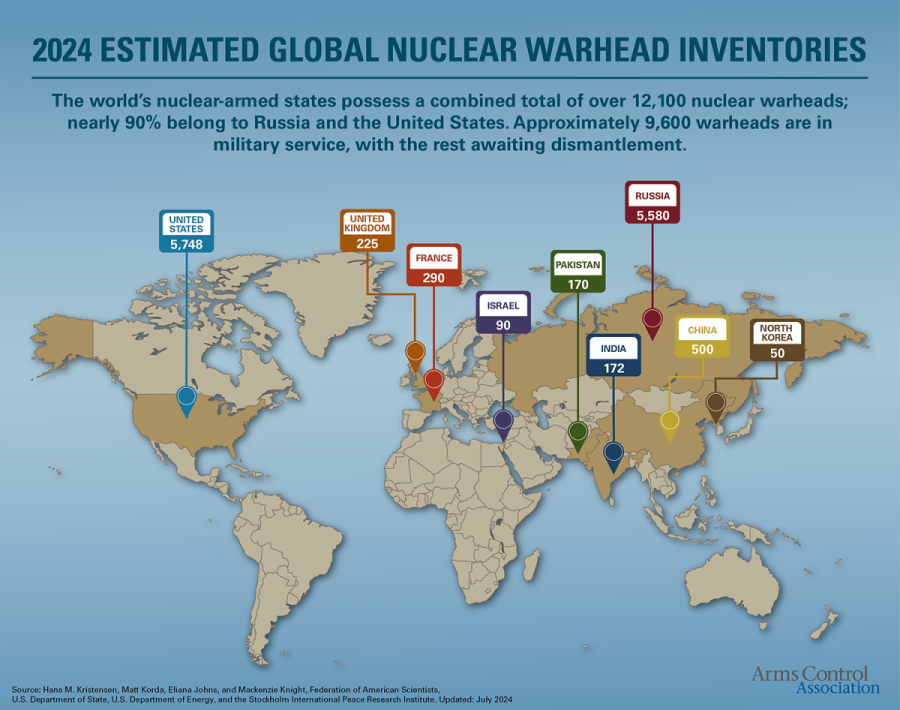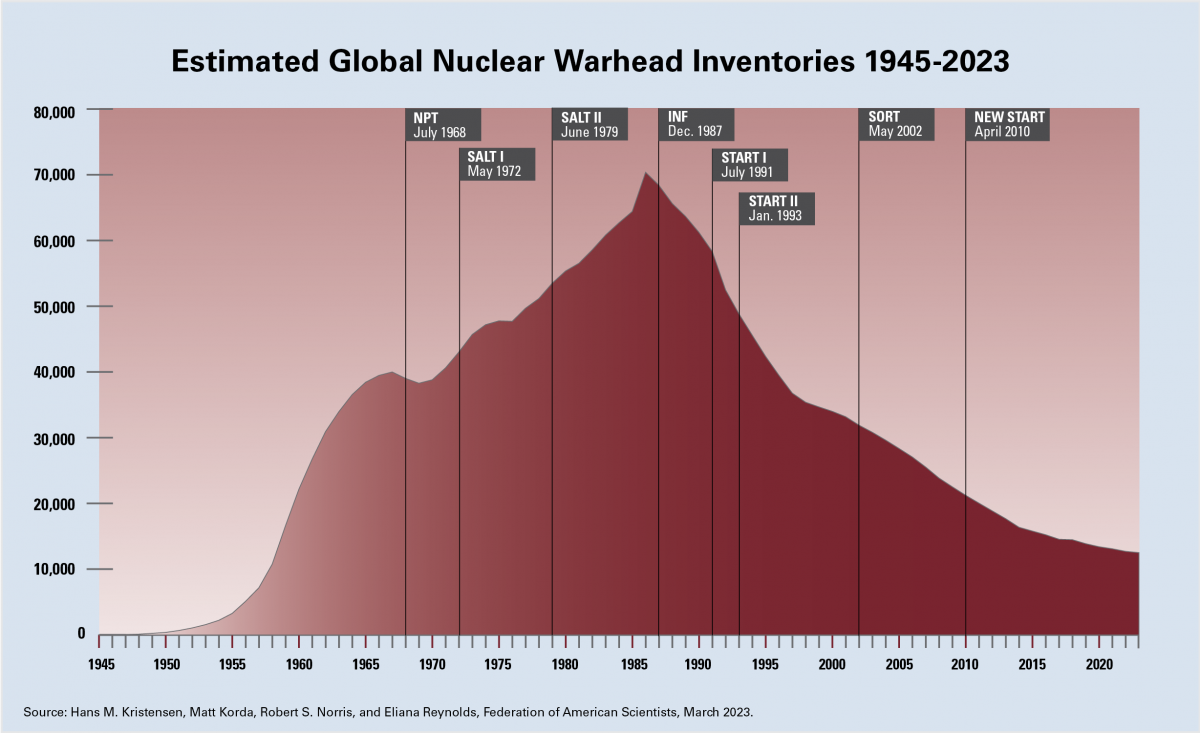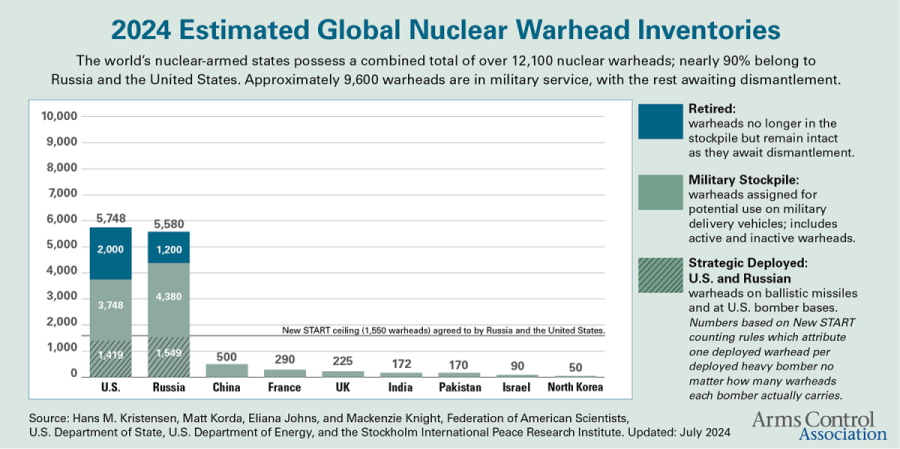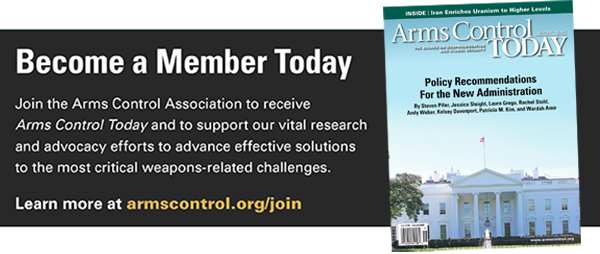R or D, this is a caviar-eating, soft-at-heart country, lost in its hubris that has most thinking we're immune to consequences for our bullshit.So, yer sayin' that you think The Big Guy did it deliberately just 'cause HE LOST to TRUMP and the will of the American people and is gonna die soon anyway?
Well, I agree, thanks!

And Putin is a hardline scorched earth kinda' guy. He's not typically playing the white gloves bullshit games they play in DC., where egos and nationalist hubris have grown to the extent that they outsize or eclipse sanity and reality.
It's been both parties that have violated ethical and legal international boundaries around the world, including your dearest Donnie.
And there's always a cost for such nonsense. No one is immune to karmic come-uppance.

 Trumps win over Obama, NOT worrying about bleach/Covid, etc. Opps, sorry about that, meant to say Kamy, musta been a Freudian slip.
Trumps win over Obama, NOT worrying about bleach/Covid, etc. Opps, sorry about that, meant to say Kamy, musta been a Freudian slip.







